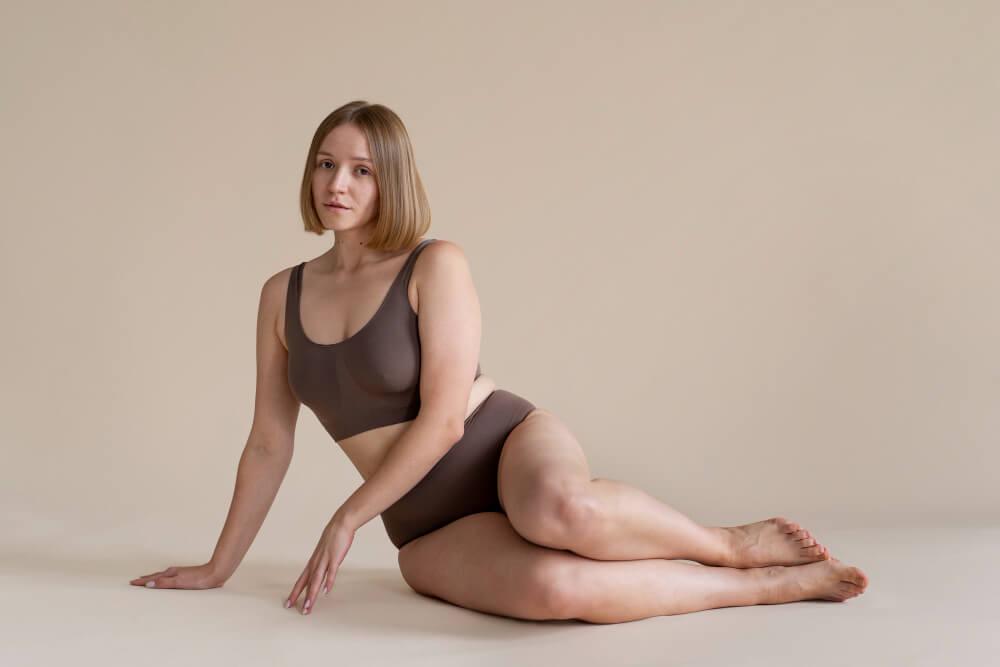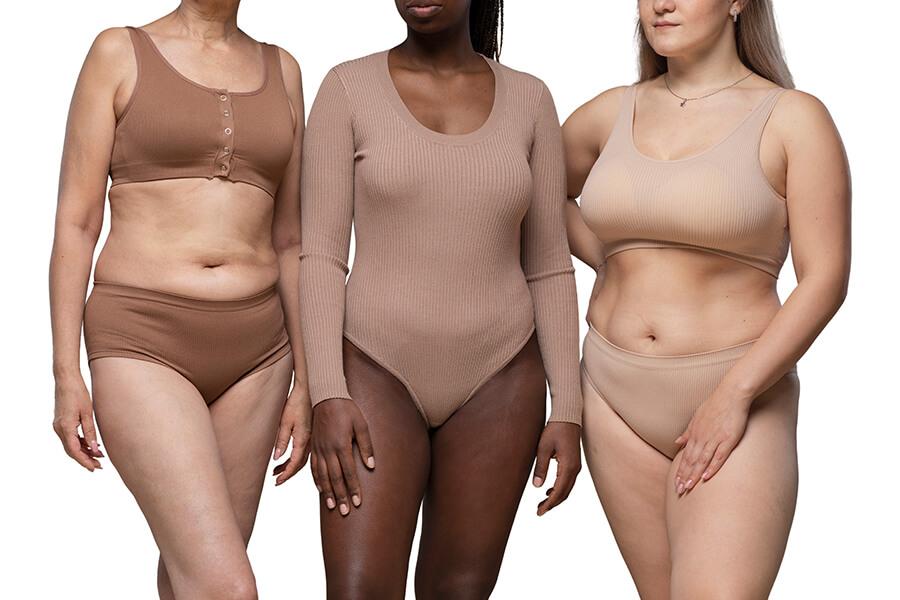FAQs
What is the difference between power-assisted liposuction and traditional liposuction?
Traditional liposuction relies on the surgeon manually moving the cannula back and forth to break up fat before suctioning it out. Power-assisted liposuction (PAL) uses a vibrating, motorized cannula that loosens fat more efficiently, which can reduce surgeon fatigue and make removal faster. Both achieve fat reduction, but PAL can make the process smoother, especially for large areas or revision procedures.
How much does power-assisted liposuction cost?
The cost of power-assisted liposuction typically falls within the same range as standard liposuction since it’s a technique, not a separate surgery. The price varies according to anesthesia, facility, or other related costs, number of areas treated, location, and the surgeon’s expertise.
What is the recovery time for power-assisted liposuction?
Most patients return to light activity or desk work within 3 to 7 days after power-assisted liposuction. Swelling and bruising peak in the first few days and gradually improve over 1–2 weeks. Compression garments are usually worn for 4 to 6 weeks, and final results become more visible as swelling resolves over the course of 3 to 6 months.
What is the difference between VASER and power-assisted liposuction?
VASER liposuction is an ultrasound-assisted method that uses sound waves to liquefy fat before suctioning, which is especially effective in fibrous areas or when detailed contouring is desired. Power-assisted liposuction, on the other hand, uses mechanical vibration to break up fat without energy or heat. Some surgeons even combine both methods, using VASER to emulsify fat, followed by PAL to efficiently remove it.
Is power-assisted liposuction safe?
Yes, when performed by a board-certified plastic surgeon in an accredited facility, power-assisted liposuction is considered safe. Like all surgeries, it carries risks such as swelling, bruising, contour irregularities, or fluid buildup. Rare but serious complications, like blood clots or infection, are uncommon. Overall, safety depends more on the surgeon’s expertise, the patient’s health, and the surgical plan than on the specific device used.
Which type of liposuction is the best?
There is no universal best type of liposuction. The ideal technique depends on the patient’s goals, body type, skin quality, and whether the priority is large-volume fat removal, fine sculpting, or working in dense tissue. Traditional liposuction remains effective, PAL makes fat removal more efficient, and VASER is excellent for sculpting or revision cases. The best choice is usually the one that aligns with your goals and is performed by an experienced surgeon.
Can power-assisted liposuction be combined with other procedures?
Yes. Many patients combine PAL with procedures like tummy tuck, body lift, or fat transfer to achieve more comprehensive results. During consultation, your surgeon will advise whether combination surgery is safe and appropriate for your goals.
Will the results of power-assisted liposuction be permanent?
The fat cells removed during PAL do not return. However, weight gain can still cause the remaining fat cells to enlarge. Maintaining a stable weight, balanced diet, and consistent activity level is essential for preserving long-term results.




